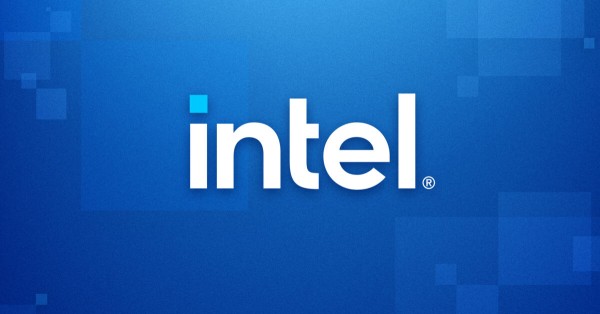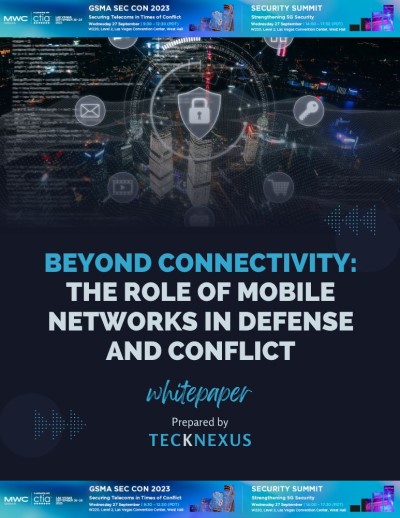Are you ready to take your organization to new heights with artificial intelligence (AI)? As AI continues to evolve and mature, businesses are increasingly looking to harness its power to drive innovation, efficiency, and competitive advantage. But, let’s face it – implementing AI projects can be challenging, especially when the endpoints are undefined, and outcomes uncertain.
In this article, we’ll share practical guidance on how to effectively apply AI within your organization. We’ll cover identifying suitable projects, overcoming common challenges, and maximizing the value of your AI investments.
Finding Your AI Sweet Spot
When seeking to apply AI in your organization, focus on tasks that humans find tedious or challenging but are important to perform. Look for areas where AI can access all necessary information to make comprehensive assessments. These types of projects tend to yield successful results because they play to the strengths of both humans and machines.
Consider these three key criteria when evaluating potential AI projects:
- Tasks humans find hard: Identify tasks that are repetitive, time-consuming, or complex for humans.
- Well-defined information environments: Choose projects where the AI can access all necessary information to make informed assessments.
- Opportunities to capture critical knowledge: Look for areas where AI can help codify and leverage your organization’s domain expertise.
Overcoming AI Implementation Challenges
Undefined endpoints are a common hurdle in AI project implementation. Unlike traditional software development, it can be challenging to define when an AI project is complete. To overcome this challenge:
- Focus on measurable outputs: Ensure the AI provides specific and well-constrained output that can be measured.
- Iterate and refine: Be prepared to iterate and refine your AI system over time, with more ambitious targets.
Another common challenge is distinguishing between bugs and limitations in your AI architecture. Don’t hesitate to bring in outside help when needed!
Improving Generative AI Output in Your Organization
To enhance the quality and relevance of generative AI outputs:
- Provide extensive knowledge bases: Feed your AI system with comprehensive, high-quality information relevant to your domain.
- Implement multi-stage processing: Using multiple questions and having an interactive discussion with the AI to refine and improve outputs can significantly boost results. By having the AI explain their reasoning, and also critiquing their reasoning, the results become stronger. This can be done in an automated manner within your project.
- Structure outputs: Break complex tasks into smaller, focused sections and use targeted AI calls for each component.
Cost Considerations and Optimization
While these techniques can significantly improve AI performance, they also increase computational costs. To optimize your investments:
- Use smaller models when possible: Frequently you don’t need a massive model like OpenAI, and a model 1% of the size works just as well. This saves a huge amount of energy and money.
- Implement caching mechanisms: Caching techniques save computation power, which saves money. You should check if your model has these implemented, and how you can benefit from them.
- Explore edge computing solutions: Commuting power at the edge is often underutilized, and with new chips coming out which can handle AI models, this can help to reduce costs and improve latency.
- Regularly review and optimize your AI pipeline: AI is moving fast, and new developments and breakthroughs are happening all the time. You should review you pipeline to see if new tools and techniques have come out to allow you to save costs, or improve performance.
Effective AI Application Strategies
To maximize the value of AI in your organization:
- Augment human capabilities: Focus on how AI can make your employees more effective and efficient, so they are able to focus on the most important aspects of their job and use their skills optimally.
- Automate quality control: Use AI to perform comprehensive checks on work products, ensuring consistency and reducing human error.
- Enhance document processing: Implement AI solutions to extract and categorize information from large volumes of documents, both structured and unstructured data alike.
Real-World Examples
- Financial document analysis: AI systems can process thousands of financial statements, extracting key metrics and flagging potential issues for human review.
- Medical image interpretation: AI can assist radiologists by pre-screening medical images and highlighting areas of concern.
- Analyzing complex data: AI frontends to your databases help to make your Data Analysts and Business Analysts 50% more productive.
- Produce standardize reporting: Using AI to generate standardized output in a systematic fashion from semi-structured data, such as Electronic Health Records (EHR)
- Financial Compliance Analysis: AI can analyze thousands of financial documents, extracting key data points and flagging potential compliance issues for human review.
- Contract Review Automation: AI can process large volumes of contracts, identifying key clauses and highlighting areas that require attention from legal teams.
- Patient Outcome Analysis: AI can analyze electronic health records (EHRs) to identify trends in patient outcomes and provide insights for improved care planning.
- Supply Chain Optimization: AI can visualize complex supply chain data, helping manufacturers optimize their logistics and reduce costs.
- Threat Detection: AI can analyze sensor data from various sources to detect potential security threats in real-time, improving response times for defense agencies.
The Future of AI in Organizations
We are currently in the “visionary” phase of AI adoption, where forward-thinking leaders have the opportunity to leverage AI to fundamentally transform their businesses. While the full impact may not be immediate, organizations that successfully integrate AI into their operations will gain significant competitive advantages in the coming years.
To identify and implement successful AI projects:
- Focus on mundane tasks humans find challenging or time-consuming: Look for areas where human capabilities are limited or require extraordinary amounts of time to do due to the systems in place.
- Choose well-defined information environments: Ensure the AI can access all necessary information to make informed assessments.
- Look for opportunities to capture critical knowledge: Identify areas where AI can help codify and leverage your organization’s domain expertise.
By following these principles, you’ll be on your way to unlocking the power of artificial intelligence in your organization!































